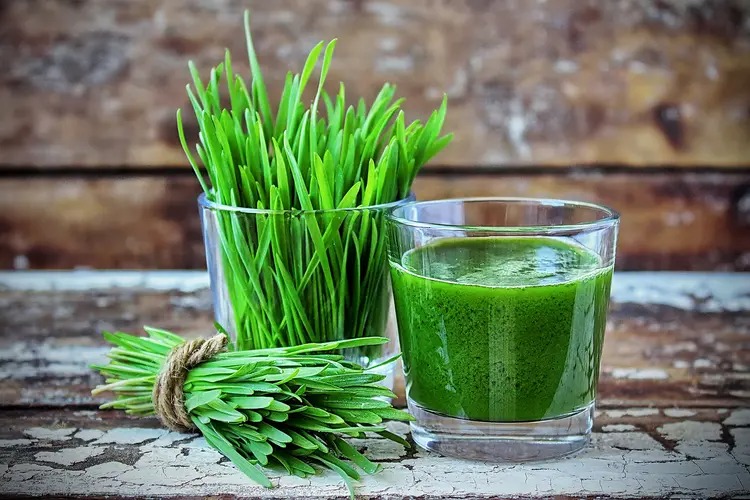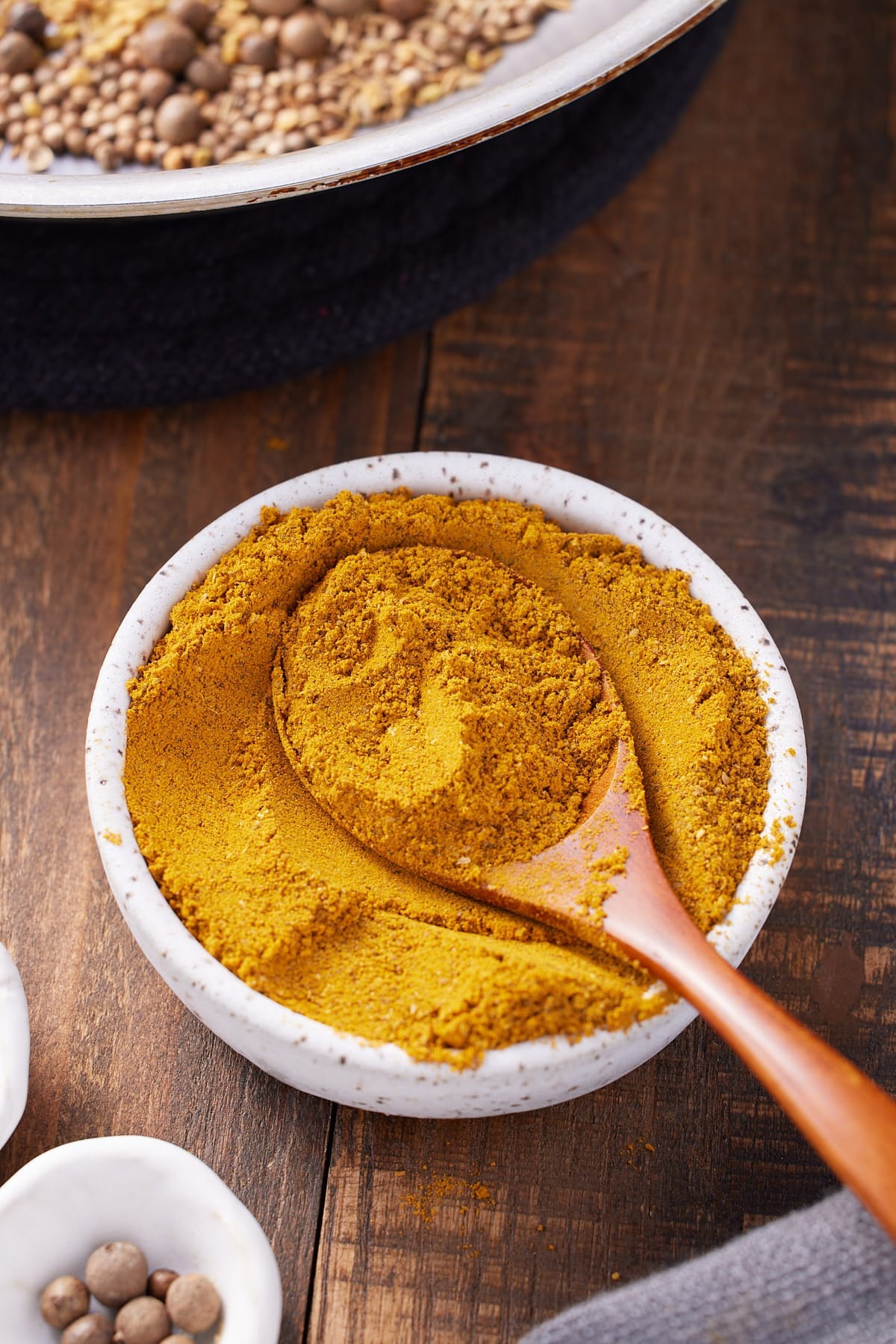
Wheatgrass: A Nutrient-Dense Superfood
Wheatgrass, scientifically known as Triticum aestivum, is the young, green shoot of the wheat plant harvested before it matures. Often consumed as a juice or powder, wheatgrass is celebrated for its impressive nutritional content and wide range of health benefits.
Packed with vitamins A, C, E, K, and B-complex, wheatgrass delivers essential nutrients that support immune function, skin health, and energy production. It’s also a rich source of minerals like iron, calcium, magnesium, and zinc, which are crucial for bone strength, oxygen transport, and overall wellness.
One of wheatgrass’s standout features is its high chlorophyll content. Often called “green blood,” chlorophyll helps detoxify the liver, oxygenate the blood, and support the body’s natural cleansing processes. It also has anti-inflammatory and antibacterial properties, making wheatgrass useful for managing minor infections, promoting wound healing, and reducing inflammation in the body.
Wheatgrass is known to aid digestion as well. It contains enzymes that assist in breaking down food and absorbing nutrients more efficiently. This makes it helpful for people dealing with bloating, gas, or indigestion. Its fiber content also supports a healthy gut and regular bowel movements.
Some studies suggest wheatgrass may help lower cholesterol, regulate blood sugar levels, and improve red blood cell count, making it a supportive option for those managing chronic conditions like diabetes or anemia.
Though it’s not a cure-all, adding wheatgrass to your diet can give your body a natural boost. It can be taken as a daily shot, added to smoothies, or mixed with water. Start with small amounts, as its strong taste and detoxifying effects can be intense at first.
With its impressive list of nutrients and healing properties, wheatgrass earns its place as a superfood that supports overall health and natural healing from the inside out.
| Weight | 0.3 lbs |
|---|
Explore More

Special Offer